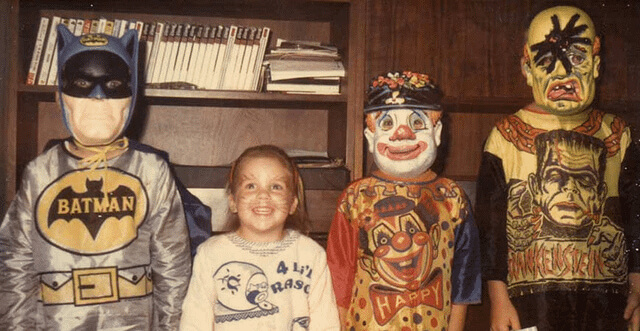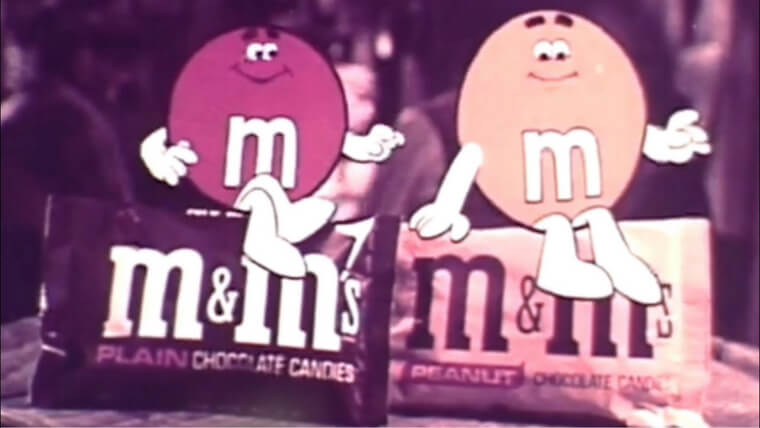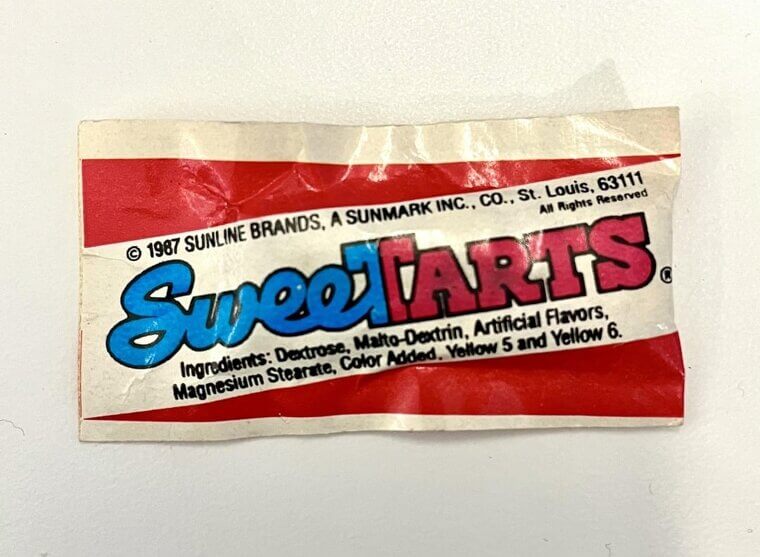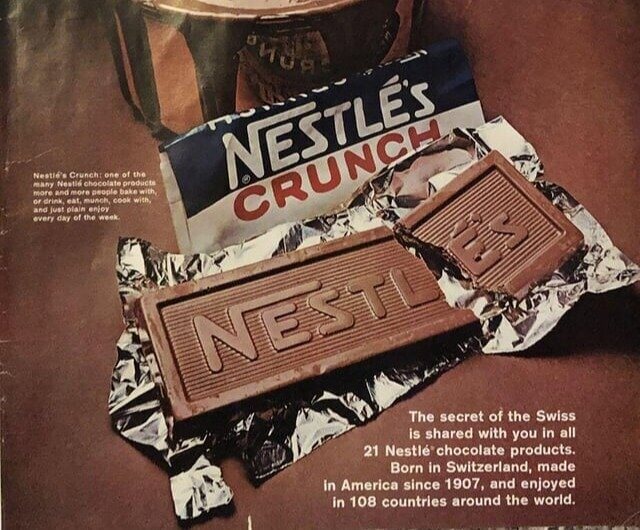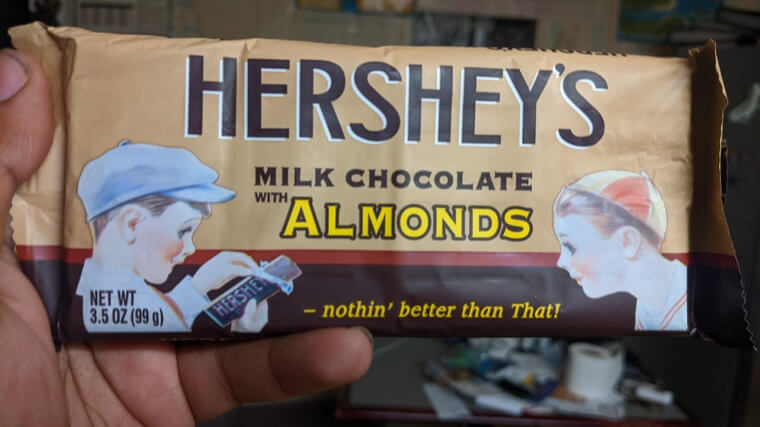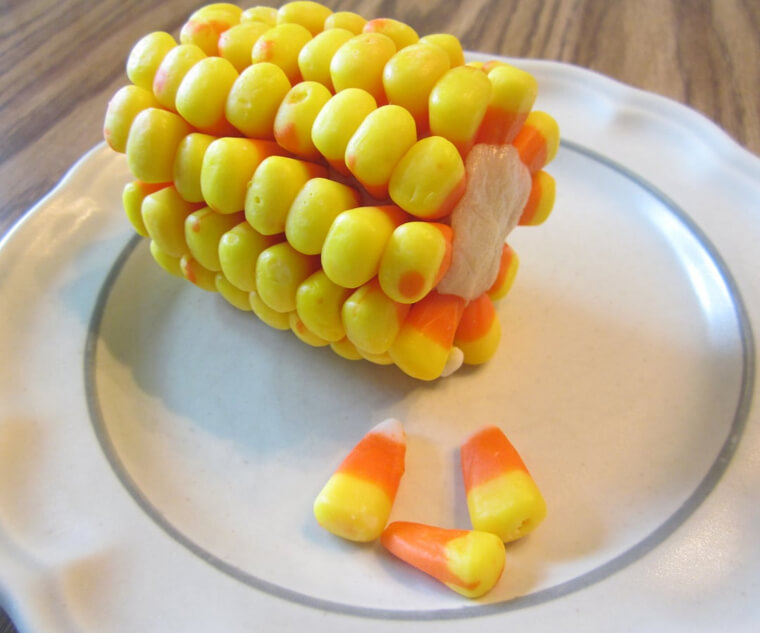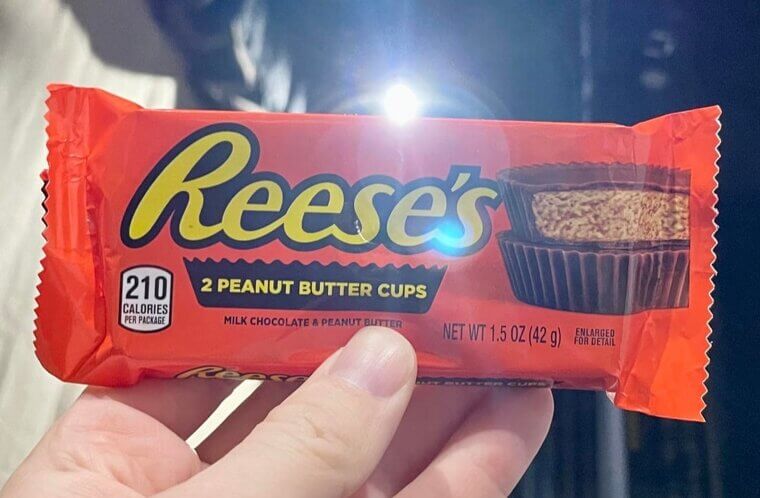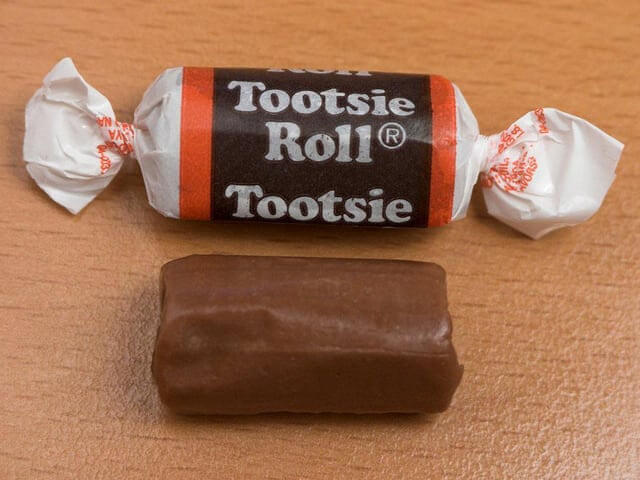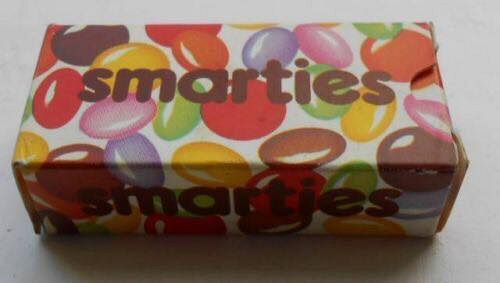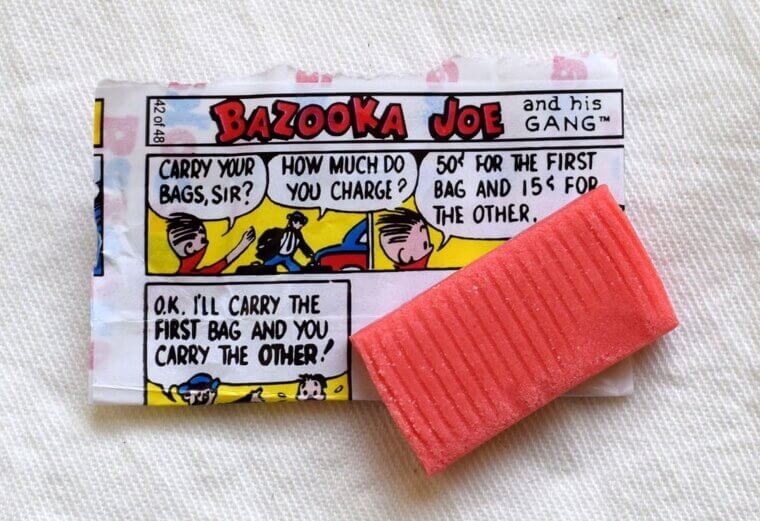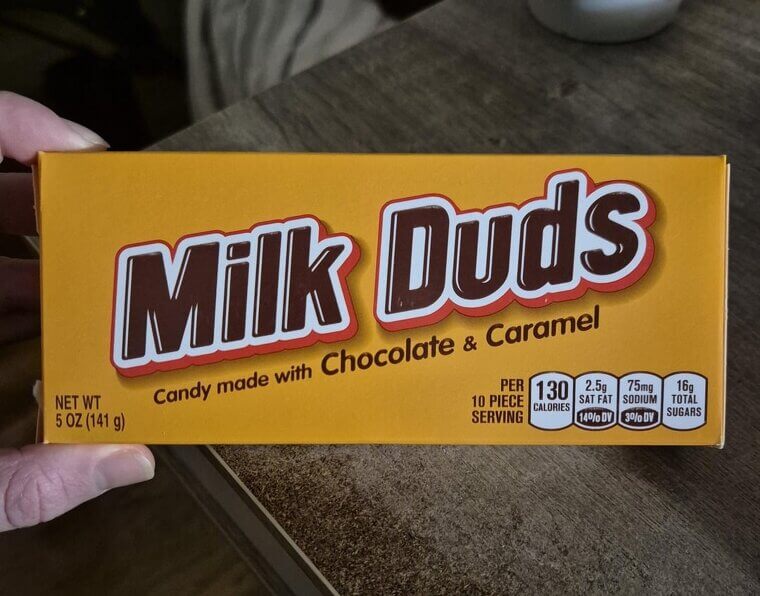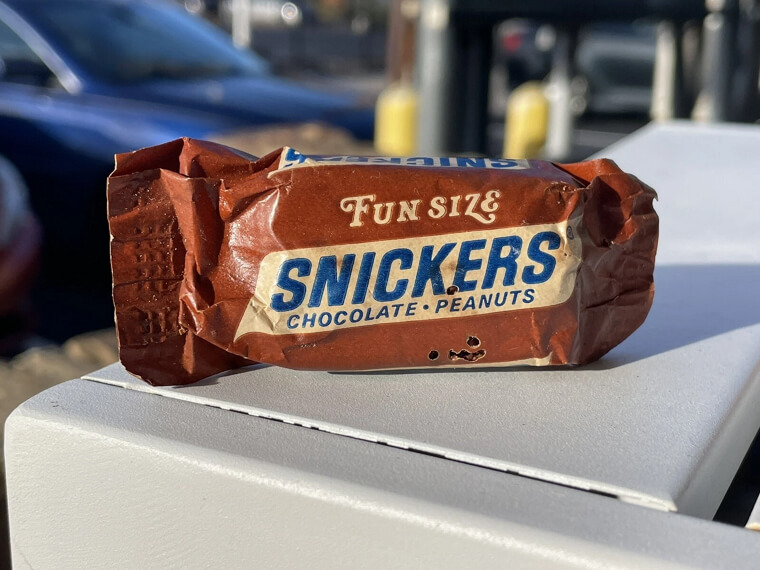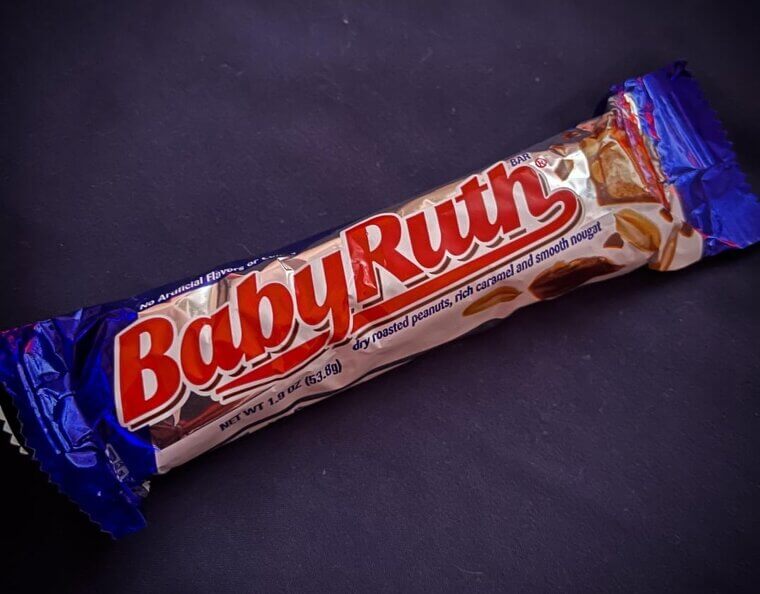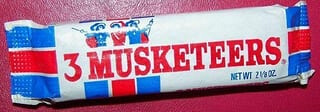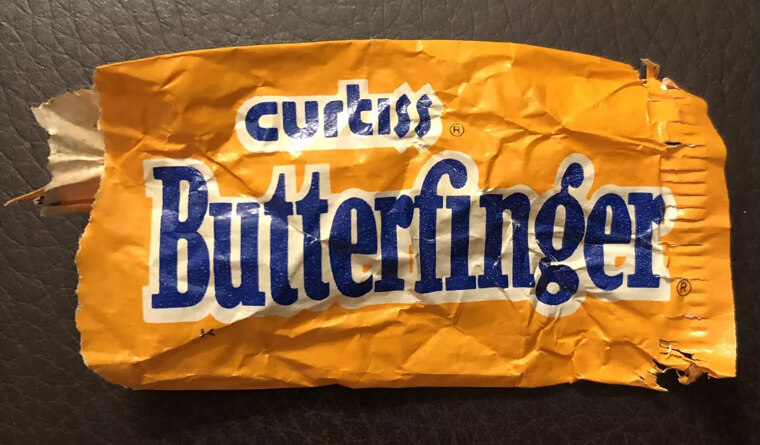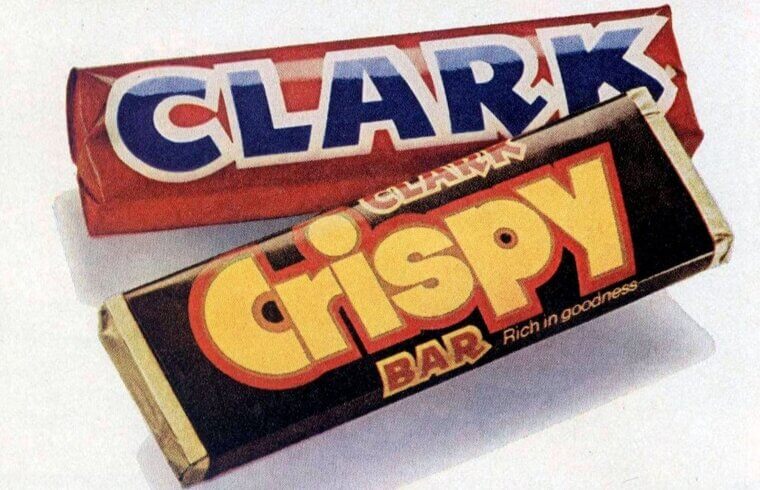When Halloween Was All About the Candy
Halloween in the 1960s and 70s was simpler, sweeter, and a little more magical. Kids raced down neighborhood streets in homemade costumes, their pillowcases swinging with every step, eager to see which houses gave the best treats. There were no fancy chocolate bars, designer candy brands, or neon packaging. Just honest, sugary goodness that everyone recognized. The sound of candy hitting the bottom of a bag was pure happiness, and every kid had a mental list of favorites they hoped to find before the night was over. These were the candies that ruled the playground the next day, the ones kids traded, hoarded, and remembered for years.
M&M’s
M&M’s were colorful, easy to share, and perfect for Halloween. Their candy shells kept the chocolate from melting, which made them a favorite for parents and kids alike. Small paper bags filled with M&M’s were a highlight of every trick-or-treat haul. Kids loved sorting them by color or pouring them into bowls to admire before eating them one by one. They were simple, familiar, and satisfying, and that made them timeless. The famous slogan, “melts in your mouth, not in your hand,” was absolutely true and added to their charm. In the 1960s and 70s, M&M’s represented everything good about Halloween candy: bright, fun, and easy to love. You could eat a handful without feeling guilty, but you always wanted just one more.
Sweet Tarts
Sweet Tarts brought a tangy punch to Halloween candy in the 60s and 70s. Their mix of sweet and sour made them stand out in a sea of chocolate. They came in bright pastel colors and had a crunch that kids loved. You could eat them one by one or let them dissolve on your tongue for a longer burst of flavor. Some kids even compared how many they could handle before their mouths puckered up. Sweet Tarts were playful, colorful, and always exciting to find. They were perfect for trading too since everyone had a favorite flavor. Parents liked them because they were less messy than chocolate, and kids loved them because they felt fun and a little rebellious. Sweet Tarts were proof that Halloween candy didn’t have to be soft or sweet- it could have a little attitude.
Nestlé Crunch
Nestlé Crunch bars brought texture to the candy world. The crispy rice mixed with smooth milk chocolate created a unique combination that everyone loved. When you bit into one, you could hear that satisfying crunch that gave the bar its name. It was simple, dependable, and always good. Nestlé Crunch bars were easy to find and often came in mini sizes for Halloween, which made them perfect for trading. They were lighter than other chocolate bars but still full of flavor. Kids liked the sound, the texture, and the taste, making it one of the most universally loved candies of the time.
Hershey’s Chocolate Bars
In the 1960s and 70s, few things were as exciting on Halloween night as finding a Hershey’s bar in your candy bag. The simple, smooth milk chocolate was a familiar favorite across generations. Kids loved the classic taste, while parents appreciated a brand they grew up with too. The best part was when someone gave out full-size bars instead of the small squares. Those houses became local legends among trick-or-treaters. The silver wrapper gleamed under streetlights, and you could almost taste the chocolate just by holding it. Hershey’s represented everything dependable about childhood candy. It was a treat you could trade, share, or save for later without it ever losing its appeal. There was nothing fancy about it, just pure, creamy chocolate that always satisfied. For kids in those decades, a Hershey’s bar meant you had visited the right house, the one that cared enough to give away the best.
Candy Corn
No candy says “Halloween” quite like candy corn. In the 1960s and 70s, it was everywhere, filling bowls at parties and showing up in every trick-or-treat bag. The bright orange, yellow, and white pieces looked festive and tasted like pure sugar with a hint of vanilla. Kids would eat them by the handful or use them to decorate cupcakes and cookies. Some people loved them, others claimed to hate them, but everyone associated them with the season. Parents would often buy big plastic bags of candy corn from the grocery store, pouring them into dishes shaped like pumpkins. They weren’t fancy, but they felt like part of the tradition. For many, candy corn was the first sign that fall had truly arrived. Even today, just seeing a handful of it can bring back memories of orange plastic pumpkins, crisp air, and the sound of leaves crunching underfoot on Halloween night.
Reese’s Peanut Butter Cups
By the 1970s, no candy generated more excitement than Reese’s Peanut Butter Cups. The perfect combination of creamy chocolate and salty peanut butter made them one of the most coveted Halloween finds. Kids loved the way they came in little paper cups, like something more special than an ordinary candy bar. Many would trade two or three other treats just to get one. The orange wrapper stood out in every pile of candy, a signal that you had scored something truly good. The taste was rich but balanced, the kind of flavor that made you savor every bite. Parents loved them too, often sneaking one after the kids went to bed. Reese’s became more than just a candy; it was a symbol of a perfect pairing that everyone could agree on. Decades later, that same flavor still brings people back to a time when the biggest question of Halloween night was how many peanut butter cups you could collect before curfew.
Tootsie Rolls
Tootsie Rolls were everywhere in the 1960s and 70s, tucked into almost every trick-or-treat bag. The chocolate-flavored chew had a texture unlike anything else, halfway between fudge and taffy. They came wrapped in simple brown paper that kids could spot instantly. The best thing about Tootsie Rolls was that they lasted. You could eat a handful and still have plenty left. There were the small bite-sized pieces, the longer rolls, and occasionally the giant ones that felt like candy gold. They were sturdy too, never melting or getting crushed, which made them perfect for trading with friends. Even though they were inexpensive and easy to find, they had a comforting quality that made them feel special. For many, Tootsie Rolls were a reminder of simpler times, when candy didn’t need fancy packaging or bright colors to make kids happy. They were humble, reliable, and exactly what Halloween candy should be.
Smarties
Smarties were a Halloween staple for every kid growing up in the 60s and 70s. The pastel colors and tart flavor made them instantly recognizable. Each little roll of candy felt like a prize, something small but full of fun. Kids would unwrap them one at a time, sorting them by color or daring each other to eat the whole roll at once. They had a light, chalky crunch that made them easy to love and impossible to stop eating. Parents liked them because they didn’t melt or make a mess, and they were cheap enough to buy in bulk. Smarties were perfect for trading too, since everyone had a favorite color or flavor. They were the kind of candy that lasted all week, tucked in lunch boxes and coat pockets long after Halloween was over. For many, Smarties still bring back the taste of childhood, a little bit sweet, a little bit sour, and always fun.
Bazooka Bubble Gum
Bazooka gum was one of the best small finds of Halloween night. It came in colorful red, blue, and white wrappers, often with a tiny Bazooka Joe comic tucked inside. The gum itself was bright pink and full of sweet flavor that faded faster than anyone liked, but the fun was in the ritual. Kids compared comics, collected them, and traded duplicates like baseball cards. The gum was hard at first but softened quickly, filling your mouth with a burst of nostalgia long before you knew what the word meant. Bazooka was cheap, cheerful, and proudly American, a candy that made everyone smile. For many kids, it was their first introduction to bubble blowing, with competitions to see who could make the biggest one. Even when the flavor ran out, you kept chewing, because Bazooka wasn’t just candy- it was an experience.
Milk Duds
Milk Duds were one of those candies you either loved or hated, but everyone wanted to at least get one box on Halloween. The caramel centers coated in milk chocolate were sticky and chewy in the best possible way. They were messy, sure, but that was part of the charm. Each little yellow box made you feel like you had something special, a candy you could eat slowly instead of finishing in seconds. Kids loved the challenge of making them last, and parents loved that they weren’t gone immediately like most chocolates. The name “Milk Duds” came from a production mistake, but nobody cared; it became part of the candy’s legend. The combination of caramel and chocolate was simple but satisfying, and even if they stuck to your teeth, you went back for more. Halloween just felt more complete when there were Milk Duds waiting at the bottom of the bag.
Snickers
Snickers bars were the heavyweight champion of Halloween candy. They were big, filling, and loaded with chocolate, caramel, nougat, and peanuts. Every kid knew that if you got a full-size Snickers, you had hit the jackpot. Even the smaller “fun size” versions were prized because they actually felt substantial compared to the tiny bite-sized candies that filled most bags. Snickers had everything you could want in one bite: sweetness, crunch, and satisfaction. It was the kind of candy that fueled kids through the rest of the night’s trick-or-treating. Parents loved them too, often saving one or two from their kids’ stash for later. Snickers were reliable, delicious, and worth every trade. When you found one in your bag, you knew you had scored a real Halloween classic.
Baby Ruth
Baby Ruth bars were rich, nutty, and full of flavor, the kind of candy that felt like a meal in itself. They combined peanuts, caramel, and nougat, all covered in chocolate. Getting one in your trick-or-treat bag felt like winning a prize. They were often traded between kids who knew how valuable they were. The candy had a nostalgic charm even back then, with its roots going back to the early 20th century. It wasn’t as flashy as newer candies, but it carried a sense of tradition. The chewy, crunchy texture and hearty taste made it satisfying in a way few candies could match. Baby Ruth bars reminded kids of baseball, summer, and Americana, all wrapped in one sweet package.
3 Musketeers
3 Musketeers bars were a hit because they felt fancy. The whipped nougat center was light, fluffy, and perfectly balanced by a smooth chocolate coating. Kids loved biting into them because they felt different from anything else in their candy stash. They were sweet but not overwhelming, and they melted in your mouth instead of sticking to your teeth. The silver wrapper gave them an air of luxury, and they often became a top trading item among friends. In the 60s and 70s, 3 Musketeers bars stood out as a treat that seemed grown-up yet still fun. For many kids, it was the candy that made Halloween feel just a little bit elegant.
Butterfinger
Butterfinger was unlike anything else on the candy aisle. The crispy, flaky peanut butter center coated in chocolate had a texture that was completely unique. It was sweet, sticky, and a little messy, but no one cared. The orange wrapper made it easy to spot in any pile of candy, and its distinct crunch made it instantly recognizable. Butterfinger was the kind of candy that could divide a room- some kids adored it, while others preferred softer options- but everyone wanted at least one in their bag. The flavor lingered, and so did the memory of trying to keep it from sticking to your teeth. It was bold, distinctive, and unforgettable, the perfect reflection of 1970s Halloween fun.
Clark Bar
Before there was a candy explosion of brands, the Clark Bar was one of the most beloved treats of the 60s and 70s. Made with a crispy peanut butter and caramel center coated in milk chocolate, it was often mistaken for Butterfinger but had its own distinct flavor. It was crunchy, sweet, and filling, with a rich peanut taste that felt indulgent. The red wrapper made it easy to spot, and it was often considered a classic choice by parents who remembered it from their own childhoods. Clark Bars carried an old-fashioned charm that made them feel timeless, even as new candies came and went. For many trick-or-treaters, finding one was a reminder that the best sweets were often the ones that had been around the longest.

